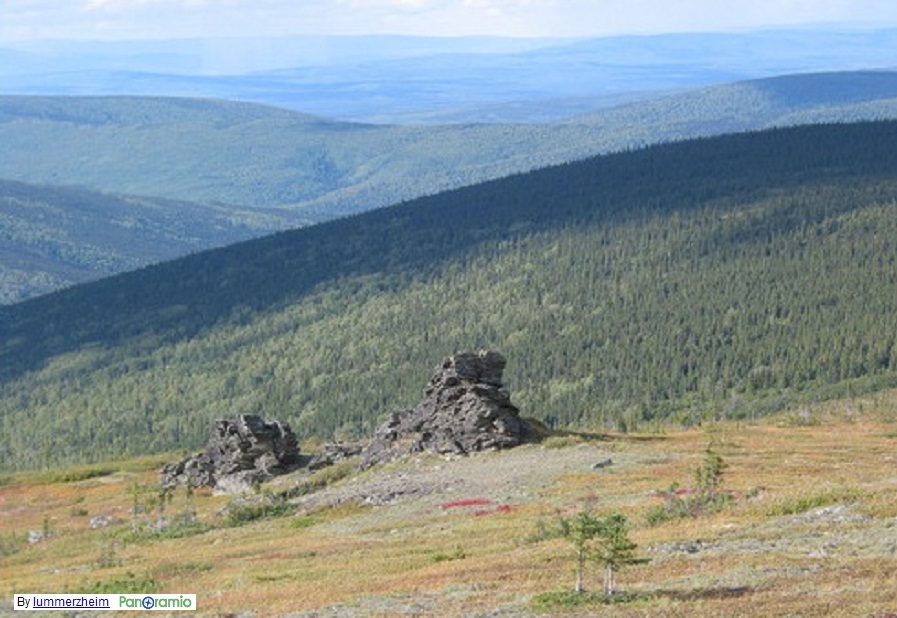The Murphy Dome AADCP controlled the Fairbanks Nike batteries
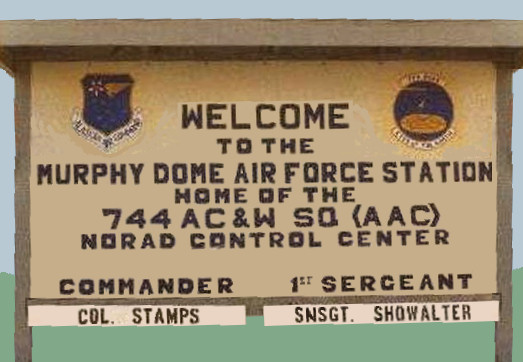
THe 744th Aircraft Control and Warning Squadron (744 ACWS) was activated at Murphy Dome
on 1 February 1953 with an authorized strength of 249 personnel. Wikipedia
A 1956 image of MURPHY DOME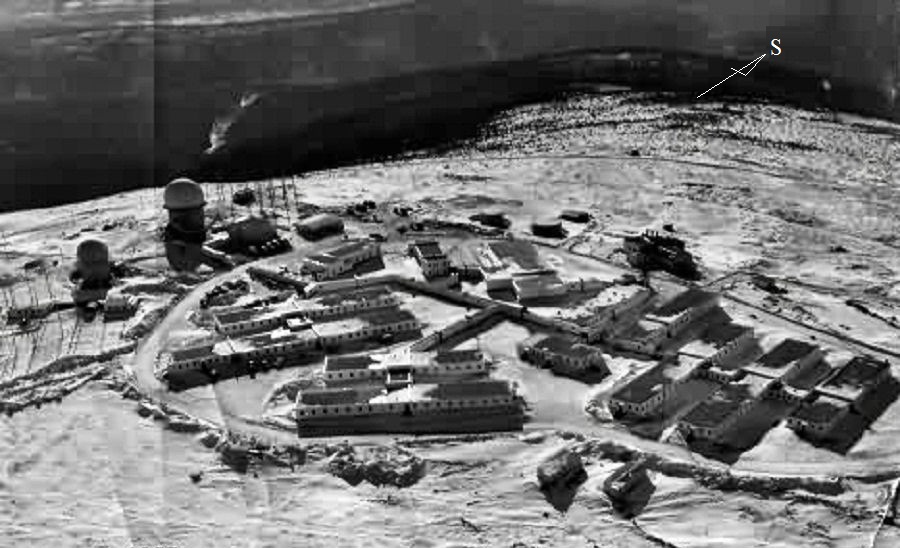 |
FPS-117 Radar Tower
and Backup Generator outbuilding
is all that's left 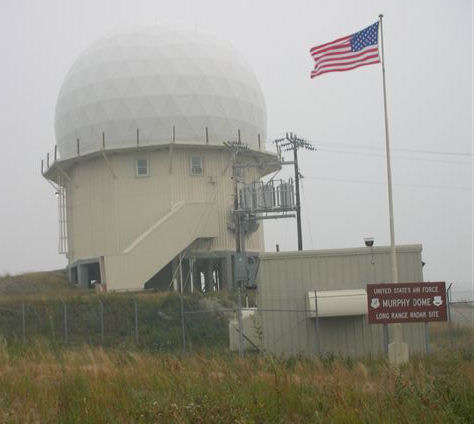 |
| Power is supplied from Fairbanks. Maintenance is mostly done remotely. When necessary humans, are dispatched to do onsite repairs. From: Murphy Dome Pictures. | |
SONG  DEW LINE |
Remembering Murphy dome - An
Airman’s Chronicle- The 176th Air Control Squadron traces its lineage, honors and history to Murphy Dome Air Force Station (AFS), (originally situated in a mountainous region known as the Yukon-Tanana Upland, 20 miles northwest of Fairbanks, Alaska). It was one of the ten original aircraft control and warning sites constructed during the early 1950s to establish a permanent air defense system in Alaska. Murphy Dome was initially operated by a
detachment of the 532nd Aircraft Control and Warning Group, Ladd Air
Force Base (now Fort Wainwright). When the 532nd was inactivated in
1951, the site was then operated by a detachment of the 143rd Aircraft
Control and Warning Squadron, Alaska Air National Guard. As part of HQ
Alaskan Air Command’s (HQ AAC) plan to upgrade all remote sites to full
squadrons, the 744th Aircraft Control and Warning Squadron (744 ACWS)
was activated at Murphy Dome on 1 February 1953 with an authorized
strength of 249 personnel. HISTORY |
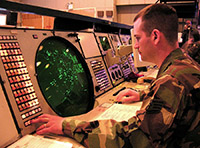 |
|
|
Fairbanks Defense Area: Sites were
installed
to replace Anti-Aircraft guns defending the Fairbanks area. The site was built in 1951 and
shared with the United States Army in order to supplement the Nike
Missile system. At this point, it supported over 100 people. In 1975,
the
site was switched from military to civilian personnel. In 1984, the
current
radar was brought on line and the station was slimmed down in terms of
personnel. During the 1950s-70s, a ski slope
also operated at the site. A rope tow was constructed to allow for
service members
to go up and down the slope The USAF radar site at Murphy Dome AFS,
AK
(F-2) was shared with the Army for Nike missile-defense system. The
CPS-6B
radar was removed in July 1958, FPS-8 removed 4Q 1960 until the Nike
sites were
inactivated in 1971. NORAD Links: ONE
TWO
THREE
FOUR |
|||
This image displays Murphy Dome's location. The match line ties to the main FAIRBANKS KEY MAP - Click the map :)
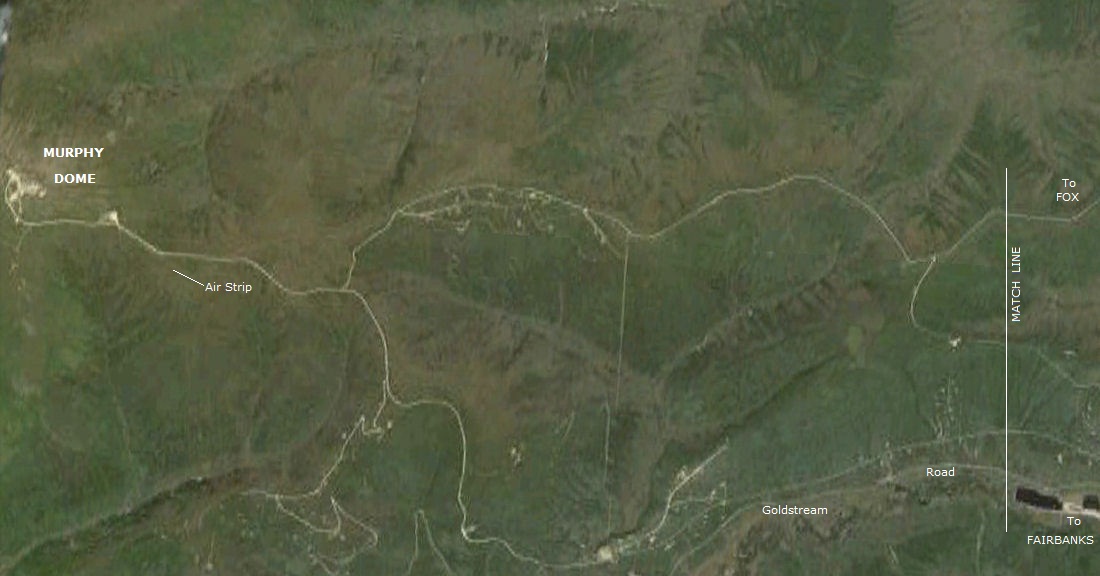
Vern visited this site in 1984 and remembers shells of old buildings.
Current Close-up
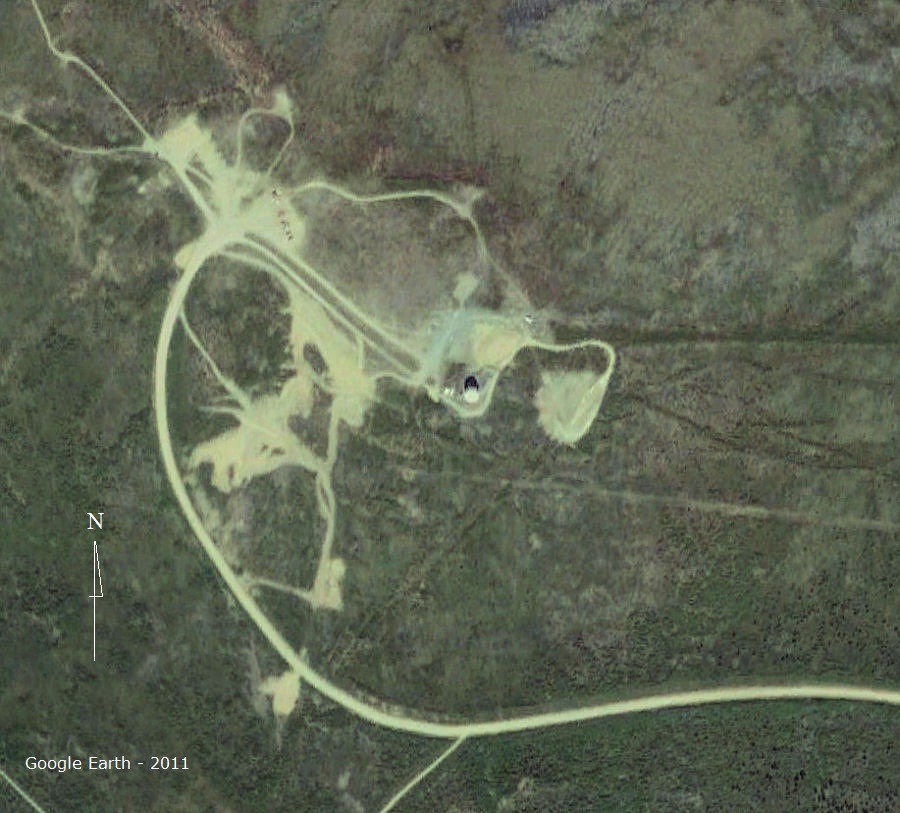
|
488L
UHF GREENPINE COMMUNICATION SYSTEM By: Clive Beckmann |
Current view from Murphy Dome
